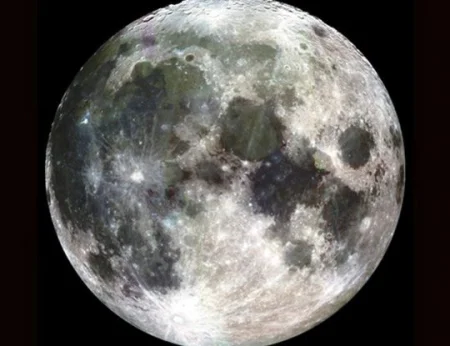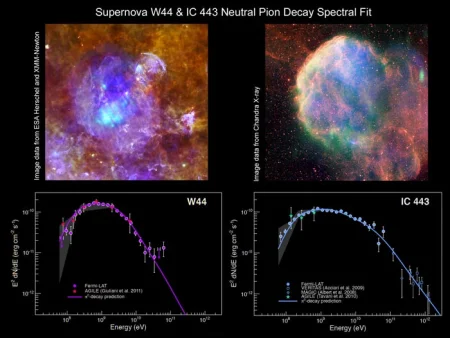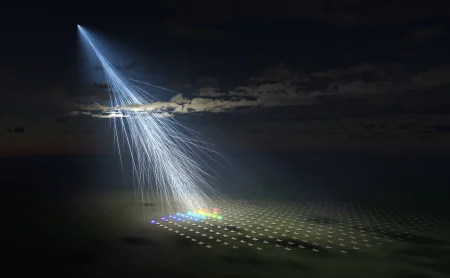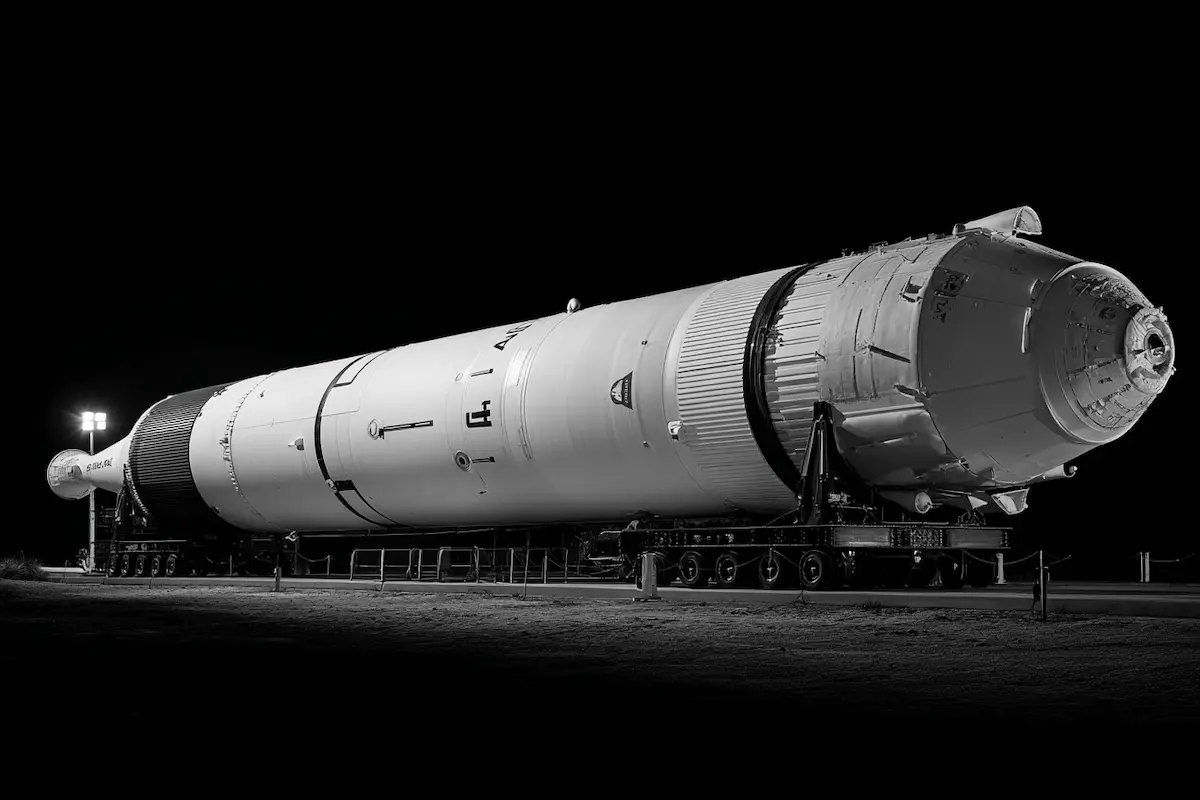Innovation Unveiled: Advanced Technology Boosts Search for Lunar Ice
In a thrilling leap for lunar exploration, scientists at the University of Hawaiʻi at Mānoa School of Ocean and Earth Science and Technology (SOEST) have pioneered a cutting-edge method to enhance the search for ice deposits on the Moon. As humanity's eyes remain fixed on returning to the lunar surface, identifying ice within the Moon's permanently shadowed regions (PSRs) is crucial for sustaining future missions and possibly colonization efforts.
The innovative technology revolves around a novel algorithm, developed by lead researcher Jennifer T. Whitten and her team, designed to interpret radar data with remarkable precision. Traditional methods of detecting lunar ice face significant challenges due to the Moon's rugged terrain and the limited visibility in PSRs. These shadowed craters near the lunar poles remain cloaked in darkness, preserving ice for potentially billions of years.
Whitten’s approach harnesses radar data from NASA's Mini-RF (Miniature Radio Frequency) instrument aboard the Lunar Reconnaissance Orbiter (LRO). However, what sets this method apart is how it refines the data. Instead of relying solely on traditional circular polarization ratios (CPR), the team developed a new calibration model to filter out noise and focus on the most reliable signals. This significantly increases confidence in identifying regions rich in water ice.
Why is lunar ice so essential? Beyond its scientific allure, water ice represents a vital resource for future space missions. It can be harvested for drinking water, oxygen production, and even converted into rocket fuel, transforming the Moon into a potential launchpad for deeper space exploration.
The research team conducted comprehensive mapping across several lunar PSRs, revealing new potential ice-rich zones. This breakthrough not only reaffirms the existence of lunar ice but sharpens our understanding of where to find it efficiently. By improving radar calibration, researchers have unlocked a clearer path to navigating the Moon's hidden reservoirs.
Furthermore, this discovery aligns perfectly with NASA’s Artemis program, which aims to return astronauts to the lunar surface within this decade. As missions increasingly focus on sustainable lunar presence, the ability to locate and utilize local resources like ice is paramount.
Whitten emphasizes that their method doesn't just enhance lunar exploration—it sets a precedent for future radar surveys across the solar system. By refining how radar data is interpreted, similar techniques could soon be applied to other celestial bodies, expanding our capacity to uncover hidden resources across the cosmos.
In summary, the University of Hawaiʻi’s groundbreaking work represents a monumental stride in making lunar exploration more viable and sustainable. As we inch closer to returning to the Moon, innovations like these pave the way for a future where the Moon isn’t just a destination—but a gateway to the stars.
✍ Author: Tornike (Content Strategist, ZenoFusion) April 28, 2025
✍ Article Author
- Registered: 27 April 2025, 10:30
- Location: Georgia



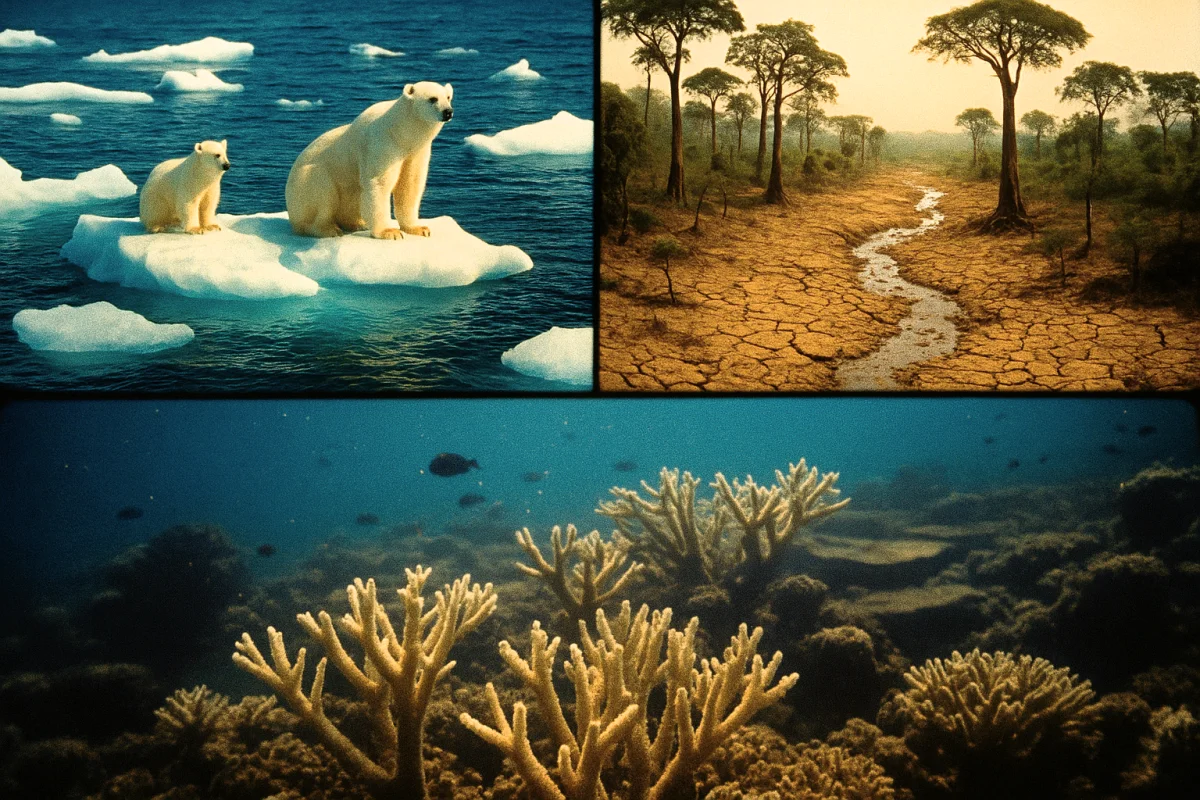
 Tornike
Tornike